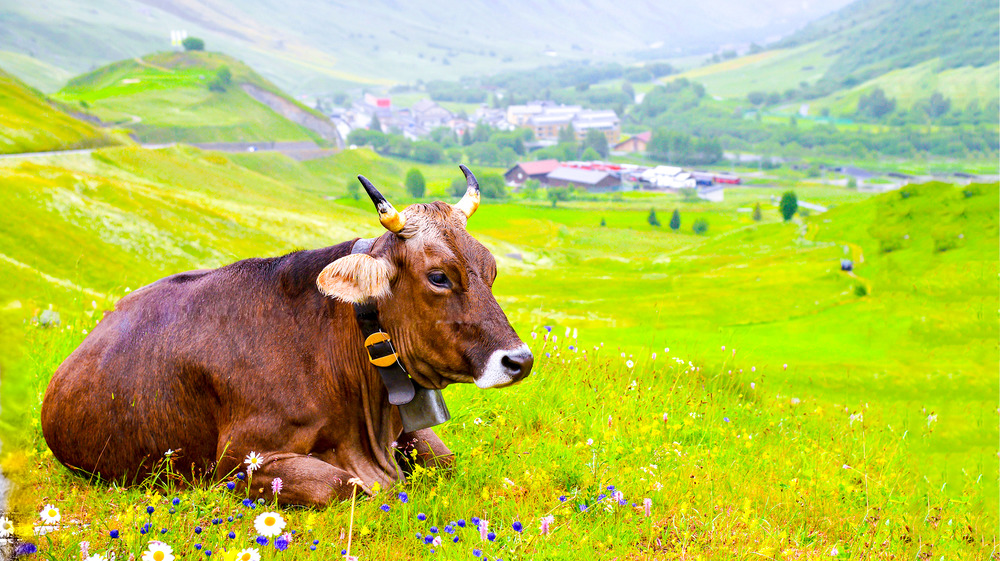Branding: The Truth About Cattle Logos
Long before the word "branding" was used to describe the click-boosting tactics of Instacelebs, it was used by cowherds to keep track of field-roaming cattle (a funny comparison, to be sure). And we mean "long before," as in pre-written language scrawled on cave walls thousands of years ago, as Skyword says. With the advent of agriculture and its civilization-spawning companion, livestock-holding, it became essential for owners of cattle, sheep, goats, whatever, to be able to keep track of who owns what. It makes sense, right? Fields of cattle putzing around here and there, some running off, some getting lost, some maybe mingling with another dude's cattle, possibly your neighbor Bjorn by the fjord who is kind of uptight about these things, especially when he suddenly has an extra baby calf hanging around with no mom.
Even to the present day, cattle are not merely fodder for medium rare porterhouses at the Outback Steakhouse. They're property, even equity, tied to a person's livelihood, possibly even entire generations of a family or community, such as in Nebraska, where the Nebraska Beef Council tells us there are more cows than people. So how exactly do we know who owns what? Well, brutally inscribe the animals with insignias, or logos, or some kind of emblem that can be recognized by anyone, is unique to your own "brand," shall we say, and can be identified even by the illiterate, just in case that dude Bjorn decides to claim that motherless calf as his own.
A Beef History of Branding
Long before cowboys were wrasslin' steer and emblazoning beef flesh with flaming metal, we can trace the first, official cattle "brand" back about 4,000 years, to the Indus Valley in modern-day Pakistan, which, per Britannica, was one of the earliest urban civilizations in recorded history. The practice was meant to denote ownership of livestock, and switched from an original, earlier form of marking (possibly paint) to the metal-on-hide method by at least 2000 BCE. The word "brand" derives from Old Norse, itself based on the Proto-Germanic brandaz ("a burning"), as stated on Etymonline. It took all the way until the 1600s for the word to become synonymous with marking cattle.
The concept of "branding," however, was never limited only to cattle. Pottery from modern-day China, India, Greece, Rome, and Iraq was engraved with symbols to indicate their maker, and even material. Bricks themselves, including those used in the Great Pyramids, were etched with quarry marks going back even further, to 4000 BCE. Medieval guilds used watermarks to distinguish their own paper, and the famed Renaissance painter Michelangelo started the whole "signing my name on things" form of branding.
Of course, this is way, way before we started seeing that swirly Coca-Cola logo slashed across the plastic label of the nation's trademark phosphoric acid-filled soft drink. With the Industrial Revolution in the late 1800s came the need for mass-market branding, as society was suddenly flooded with goods, and logos became a shorthand description for customer expectation.

